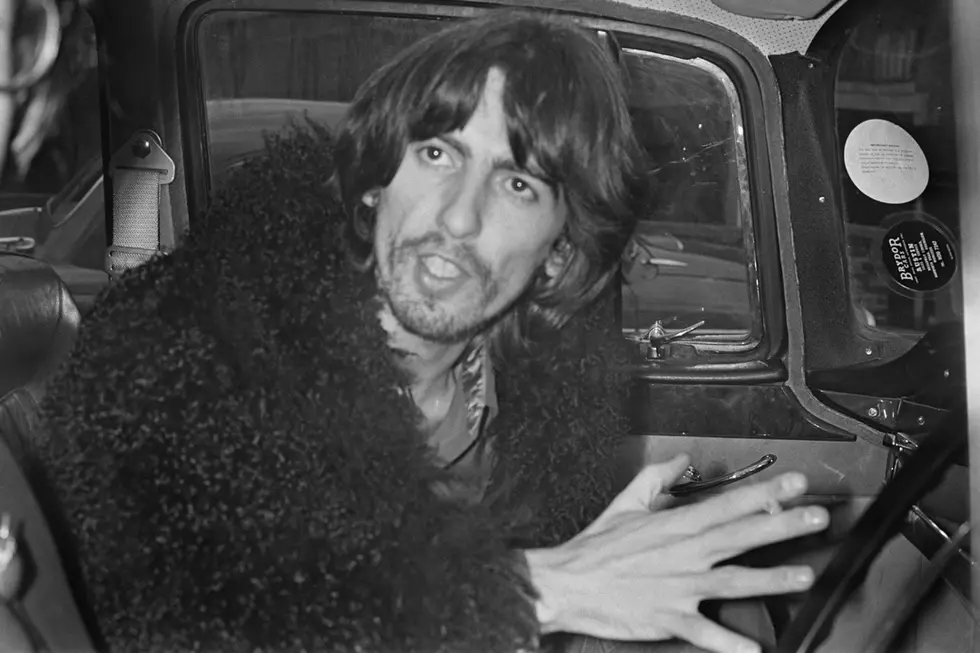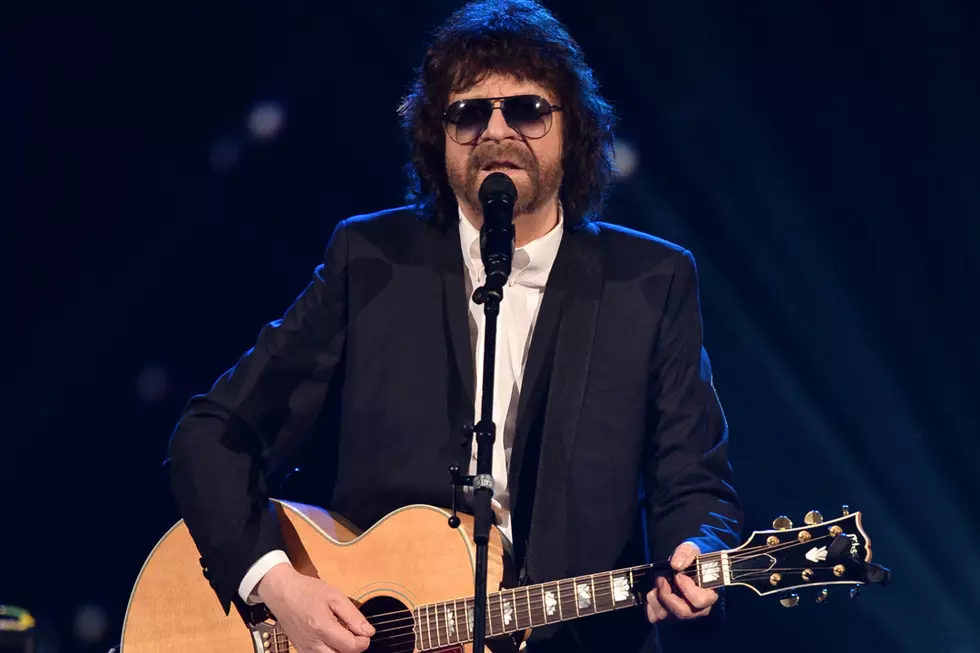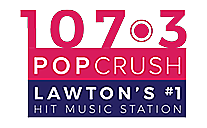
45 Years Ago: George Harrison Releases ‘Electronic Sound’
'Electronic Sound,' released on May 9, 1969 as the second and last project on the Beatles' avant-garde imprint Zapple Records, stands as George Harrison's most experimental project, his worst-selling solo album, and one of his more controversial ones. Yet, it opened the door for something important.
Featuring but two lengthy experiments on the then-new Moog synthesizer, one for each side, the aptly named 'Electronic Sound' isn't so much music as it is a swirling journey through imagination and discovery -- one that took Harrison as far as he'd ever venture outside of his pop-song comfort zone.
Unfortunately, it arrived just as the Beatles' money-hemorrhaging business venture Apple was restructured under new manager Allen Klein, who promptly shut down the Zapple boutique imprint. Couple that with tepid sales -- 'Electronic Sound' peaked at No. 191 in the U.S., and failed to chart at all in the U.K. -- and it's perhaps easy to see the album as a best-avoided musical blind alley.
Careful listeners, however, will note that this growing interest at the Moog directly impacted Harrison's next two projects, both of which stand at the pinnacle of his output. Harrison would contribute memorable synthesizer parts to both 'Because' and 'Here Comes the Sun' for the Beatles' 'Abbey Road,' while white-noise experiments -- first featured on the 25-minute Side 2 track 'No Time or Space' from 'Electronic Sound' -- had a huge impact on John Lennon's 'I Want You (She's So Heavy),' also from 'Abbey Road,' and on 'I Remember Jeep' from Harrison's titanic triple-album solo debut, 'All Things Must Pass,' in 1970.
Barry Miles, a friend of Paul McCartney's who later wrote the authorized 'Many Years from Now' biography, oversaw the Zapple subsidiary, which was actually founded in October of 1968. Its only other official release was 'Unfinished Music No. 2: Life with the Lions,' a soundscape recording from Lennon and Yoko Ono. Acetate copies of a third Zapple project, a spoken-word album by writer Richard Brautigan, were pressed -- and there were plans for similar releases by Lenny Bruce, Lawrence Ferlinghetti and Michael McClure -- but Klein's intervention brought all of that to a screeching halt.
"The Zapple label was folded by Klein before the record could be released," Miles later said. "The first two Zapple records did come out. We just didn’t have (Brautigan's record) ready in time before Klein closed it down. None of the Beatles ever heard it."
'Life with the Lions' actually charted higher, going to No. 174 in America. But 'Electronic Sound,' which began with an 18-minute double-Moog essay called 'Under the Mersey Wall,' remains the more listenable album -- if only by degree.
Reaction to Harrison's free-form release ultimately would track somewhere between confusion and outrage: "'Electronic Sound,'" Ian Inglis wrote in the book 'The Words and Music of George Harrison,' "is nothing more than a random, unmanipulated collection of noises and effects created on his newly acquired Moog synthesizer. To attempt to explain the 19-minute 'Under the Mersey Wall' and the 25-minute 'No Time or Space' as evidence of artistic exploration, or to describe them as avant-garde or as examples of contemporary musical solidarity, as some critics have suggested is to give the tracks a status they do not deserve. There is no evidence of structure or balance, no statement of direction or intent, no sense of texture or depth to the sounds."
Unfortunately, searing reviews like that one would become the least of Harrison's worries.
'Electronic Sound' featured a whimsical self-portrait as its cover -- and not much else, beyond a timely quote attributed to Arthur Wax: "There are a lot of people around, making a lot of noise; here's some more." For Bernie Krause, that felt like a rip off. He was expecting to see his name, since he'd played such a key role in the conception of this project. That touched off a authorship dispute that would presage Harrison's subsequent copyright-infringement issue with 'My Sweet Lord' from 1970's 'All Things Must Pass.'
The roots of 'Electronic Sound' initially grew out of a sessions for Jackie Lomax, for whom Harrison was producing a debut recording for Apple. There, Harrison was introduced to Krause, a former member of the Weavers who'd become deeply involved with the emerging analog synthesizer technology. Krause, in fact, had contributed Moog to the Monkees' version of 'Star Collector' back in 1967.
Krause ultimately contributed Moog parts to five Lomax songs, recorded at Sound Records Studio in L.A. in November of 1968. Intrigued, Harrison asked him to further explore the instrument after the Lomax sessions concluded. Krause later contended that this demonstration, recorded in the early hours of Nov. 12, was subsequented edited down to become 'No Time or Space' on 'Electronic Sound.'
"As I showed him the settings and gave some performance examples, Harrison seemed impressed with the possibilities. I had no idea at the time exactly how impressed he was," Krause wrote in his book 'Into a Wild Sanctuary: A Life in Music and Natural Sound.' "Had I been aware that he was recording my demonstration, I would have never shown examples of what (I was) considering for (my) next album."
Krause didn't have the ready funds to take on the Beatles in court. "Although I did get credit on the inside jacket, along with his cats, I never did receive a single quid," Krause wrote. "His refusal to acknowledge the source where he acquired the expropriated material left me frustrated and angry, but also with a feeling of powerlessness."
Into the '70s, Harrison's interest in keyboards faded. Other than some additional synthesizer work on his lightly regarded 1982 solo release 'Gone Troppo,' the late Harrison principally stuck with guitars for his subsequent work.
"All I did," he is quoted as saying by Marc Shapiro in 'Behind Sad Eyes: The Life of George Harrison,' "was get that very first Moog synthesizer, with the big patch unit and the keyboards that you could never tune, and I put a microphone into a tape machine. I recorded whatever came out." Chris Ingham, in the 'The Rough Guide to the Beatles,' has Harrison simply calling the album "a load of rubbish."
Eventually, 'Electronic Sound' faded into obscurity as an of-its-time curio, and went out of print. Whatever impact it had on Harrison's career in general, and 'Abbey Road' in particular, was similarly forgotten.
"At best," Inglis concluded, "Harrison can be accused of inexperience; at worst, of pretentiousness. Either way, 'Electronic Sound' is a pointless and rather embarrassing blot on his musical career."
More From 1073 Popcrush










